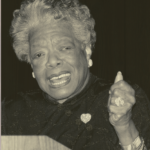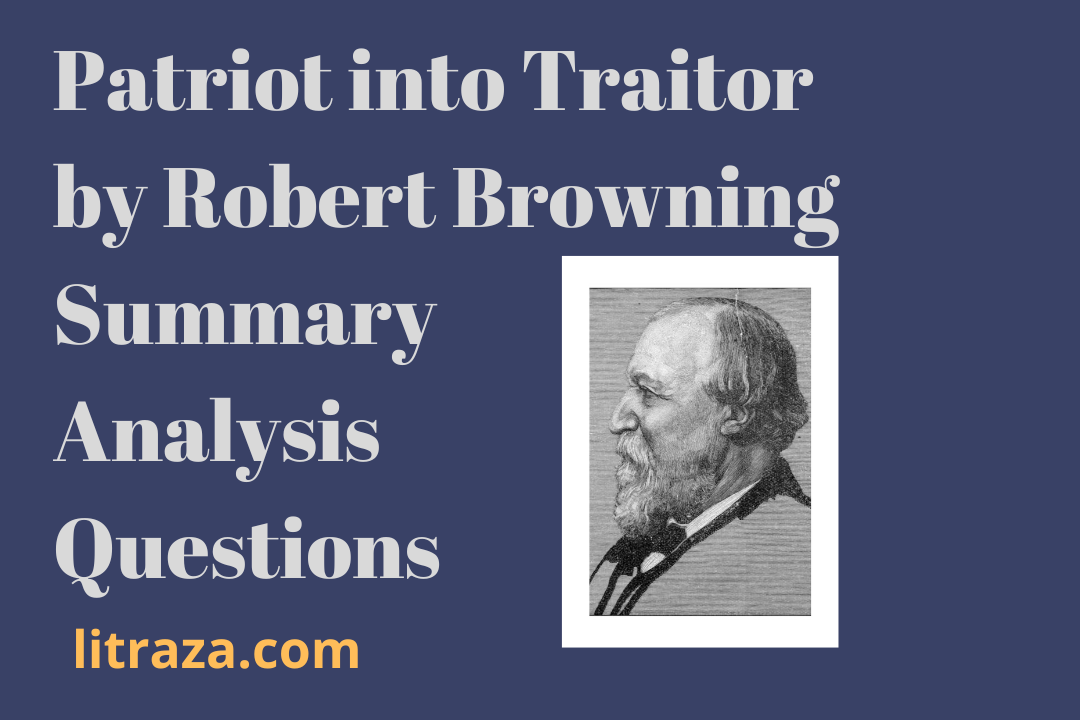Introduction
Woman Work by Maya Angelou – Summary Analysis and Questions is an attempt to bring out some salient features of the poem. Woman Work is one of the finest poems that Maya Angelou has written with a social message. It inspires the reader to give due respect and honour to the efforts a woman puts into family life. The poetess regrets the general attitude of neglect and unconcern towards women who do all they can to support the family. This poem is a part of syllabi of various universities and is taught with reference to the rights of women.
This article, Woman Work by Maya Angelou – Summary Analysis and Questions, will assist students to prepare this poem for their examinations. It will help them understand the theme of the poem. Woman Work by Maya Angelou – Summary Analysis and Questions will also help the teachers who look for quality content on the topic.
This article, Woman Work by Maya Angelou – Summary Analysis and Questions, will assist students to prepare this poem for their examinations. It will help them understand the theme of the poem. Woman Work by Maya Angelou – Summary Analysis and Questions will also help the teachers who look for quality content on the topic.
The Poetess

At the time of her birth on April 4, 1928, her parents named her Marguerite Annie Johnson. Later in life, when she opted to be a writer, she chose her pen name, Maya Angelou. She was an African-American poetess, memoirist, autobiographer, and social activist of great acclaim. What brought her popularity was her autobiography entitled I Know Why the Caged Bird Sings (1969). In this book, she has penned down the depressing and distressing circumstances of her life up to the age of seventeen. Maya Angelou pursued various careers as a singer, dancer, actress, and composer. She was also Hollywood’s first African-American female director. As an activist, she worked enthusiastically with Martin Luther King Jr. and Malcolm X in the Civil Rights Movement. She, however, earned most of her fame and recognition as a poetess, essayist, and storyteller. Her works aim at raising the moral standards of life.
In 2000, Maya Angelou received the National Medal for Arts. In 2010, President Barack Obama honoured her with the highest American civil award, the Presidential Medal of Freedom. Racism, identity, family life, and basic human rights are her major themes. Maya Angelou died on May 28, 2014.
Woman Work by Maya Angelou — Text

Summary of the Poem Woman Work by Maya Angelou
Woman Work by Maya Angelou is a thought-provoking poem. In this poem, the poetess describes the everyday life of a household lady. This lady has to perform many difficult pieces of work in her daily life. Her routine does not allow her moments of recreation. Also, nobody pays any attention to her need for refreshment and comfort. In this situation, her imagination proves helpful. She takes flight in the world of imagination and relieves herself from the dull and drab routine of life.
The woman in the poem says that she looks after her children and gets them ready in time for school. She goes to the market to buy things for everyday use. Then, she cooks food not only for her family but also for the guests if they are there. She cleans her house, presses the clothes and bathes the little kids. She also helps in the fields by cutting the cane. This hectic routine denies her leisure and all the joys a living being may desire.
The woman in this poem does not let herself be killed by the monotony of life. She has a rich imagination and can fly on the wings of imagination and take refuge in the world of dreams. In her quest for both physical and mental solace, she calls upon the objects of nature to rescue her. She requests the storm to blow her away. Then, she asks the sun to shine on her, rain to fall on her and dewdrops to settle gently on her forehead. After this, she invites the snowflakes to cover her with cool, icy kisses. She asks these objects of nature to comfort her.
Important Questions on Woman Work by Maya Angelou
Q1: Woman Work by Maya Angelou is the story of every woman in every society. Discuss.
Q2: Women have as much right to the pleasures of life as men. Discuss.
In her poem, Woman Work, Maya Angelou depicted the pattern of life of a rural woman. This woman has to do many household chores. At the same time, she lends a helping hand on fields. In spite of all this, her need for recreation goes unnoticed. It is an apt delineation of a patriarchal society where women receive either secondary or no importance. They are deprived of their basic human rights. Their prime duty remains to look after the household. Every member of the family depends on them for different needs. They remain busy from dawn to dusk. Still, nobody offers them even a few words of consolation, much less appreciation.
Even in urban areas where women seem to be self-dependent, the situation is not very different. A woman’s being professional does not relieve her of her household duties. They have to manage everything – from the cleaning of the house to the cooking of food – in spite of their official duties. Although they earn as much as the men of the family, their services towards the family economy fail to attract due praise.
In such situations, what a woman is left with for her recreation is her imagination. She seeks to escape from the monotony of life and begins to reside in the world of imagination. In certain cases, imagination also fails to provide refuge. As a result of this, the woman has to face nervous issues.
Maya Angelou takes all this as a severe violation of a woman’s basic rights. She is a human and should be treated as such. She has every right to the pleasures of life. It is, however, very unfortunate that few people think along these lines. What Maya Angelou has presented is the story of almost every woman in every society in the world.




[…] Here is an article of good quality on the poem, Woman Work by Maya Angelou. […]
This artical is very good.